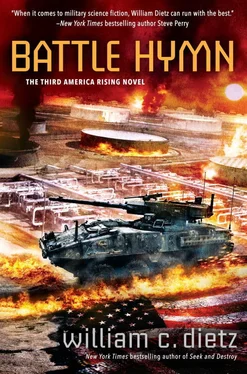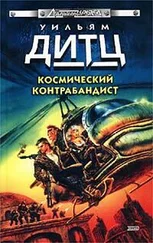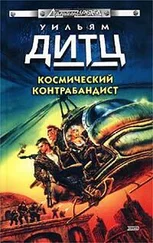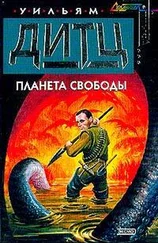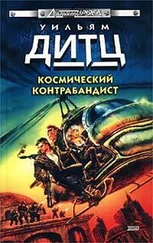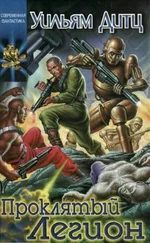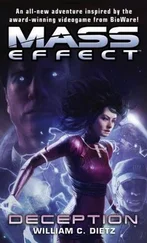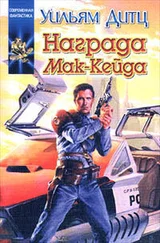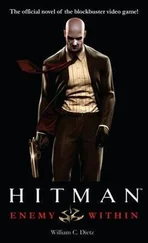This time, instead of speeding up the spillway in a boat, they would have to cross it. According to the colonel’s handwritten notes, the rebs had thrown a ribbon bridge across the waterway. But after crossing it, and having secured a bridgehead, the Mexicans had chosen to retreat to Franklin, the town where Ramos had been staying.
Was the retreat the result of Sloan’s surprise attack? The effects of the storm? The sudden loss of General Ramos’s leadership? Or a combination of those factors? It didn’t matter. What mattered was whether the bridge was intact. Mac hoped it was as Ito led the convoy through partially flooded streets and out of the city.
Under normal circumstances, the ninety-five-mile trip would have taken an hour and a half. But current conditions were anything but normal. The winds were getting stronger, and that forced the high-profile trucks to move slowly or run the risk of tipping over.
There were very few civilian vehicles to deal with, thank God… Most refugees were smart enough to flee north, or east, rather than enter the war zone.
But although Union forces were using three lanes of the four-lane highway to push people and equipment west, there were lots of slowdowns. Some were the result of storm-related accidents, others were caused by human error, and the rest could be attributed to the enemy. Dozens of reb mines and IEDs had been left behind to delay Union forces, and they were taking a toll.
When the column was forced to stop, so that a Cat could push a burned-out Bradley off the road, Mac took the opportunity to move the mine-resistant Cougar up into the one slot. That meant Mac and her RTO had to transfer because it was important to take the same chances the MRAP crew did and to see what lay ahead.
The Red Ball designation was helpful because it allowed the convoy to use the so-called express lane, which normally served eastbound traffic. That was good but only in relative terms. Rather than traveling at 5 mph, they were doing 10, with occasional spurts of 15.
It took four hours to reach the checkpoint located east of Calumet. That’s where a team of MPs had the unenviable task of deciding who, if anyone, would be allowed to cross the increasingly dangerous ribbon bridge.
Mac opened the passenger-side door and jumped to the ground as a lieutenant approached. The officer’s face was haggard, and he needed a shave. He had to yell in order to make himself heard over the storm. “I won’t say ‘good afternoon,’ Major… That would be absurd.”
“Agreed,” Mac replied. “We need to cross the spillway. Is the bridge intact?”
The lieutenant made a face. “Yes, ma’am. But it won’t be for long. The wind is playing hell with the floats, and the water continues to rise. Once all of the slack comes out of the cables, they’re going to jerk the anchors up off the bottom, and the bridge will swing sideways. So you might want to turn around and head back.”
Mac shook her head. “No, way. The 32nd Infantry Brigade needs the food and ammo in those trucks.”
“Roger that,” the lieutenant replied. “Follow my Hummer. I’ll lead you to the ramp. Good luck.”
The MP’s Humvee was equipped with yellow lights. So all Private Brown had to do was follow the strobing lights off Highway 90 and into a neighboring field. In order to make sure that the Mexican vehicles could get plenty of traction, Confederate engineers had laid pierced-steel planking down for them. And a good thing, too, because it would have been impossible for the big rigs to proceed without it. The war-torn landscape was turning to mud as the rain continued to sleet in from the south. Everywhere Mac looked, she saw water-filled bomb craters, trash-strewn trenches, and burned-out wrecks. And no wonder… The fields had been fought over three times: When the Confederates were forced to retreat, when the Mexicans fought their way forward, and when they, too, were driven back across the Atchafalaya Spillway.
Would Sloan manage to follow up? Or would his decision to attack in the midst of a hurricane turn out to be a disastrous mistake? Mac didn’t know. But she was determined to do her part. The moment the spillway came into sight, the MP turned his Humvee around and waved to them as he drove by.
“Pull up here,” Mac instructed. “I want to look around.”
Brown braked to a stop, and Mac got out. The wind attempted to knock her down but failed. Mac followed the slope down to a spot just above the raging flood. The spillway was doing its job, which was to transport runoff down to the Gulf of Mexico, and do so quickly.
A hard rain whipped the gray-brown flood into a froth as the water ripped past and took all sorts of flotsam with it. Mac heard a series of booming sounds as uprooted trees struck the bridge before being trapped along the side of it. The weight of that, plus the force of the current, had caused the span to bow.
Mac knew the span consisted of large floats. But how were they connected? And how much stress could those connections endure? Plus there was the possibility that the anchors would be jerked up off the bottom. An engineer would know, but Mac didn’t. One thing was for sure though… The longer she stood there, the worse things would get.
Mac made her way to the MRAP and climbed up into the cab before keying her mike. “Listen up… We’re going to cross the bridge one vehicle at a time. I want those of you who are riding shotgun to share the following with your drivers: Keep the speed down but don’t stop.
“And one more thing… We don’t have any personal flotation devices. So shed those TAC vests before you cross. If you wind up in the water, keep your feet downstream, work your way over to one side of the channel, and look for a place to eddy out. All right… Stand by. Private Brown will show us how it’s done. Over.”
Mac turned to Sergeant Buck Percy and the squad of soldiers riding in the back. “I don’t know if you and your people should cross on foot or remain in the vehicle.”
Percy took a look around. “How ’bout it?” he inquired. “Walk or ride?”
“Let’s stay in the Cougar,” Private Hernandez said. “The wind might mess my hair.”
Apparently, Hernandez was known for his hair because the rest of them laughed.
“Okay,” Mac said. “That’s a risk we can’t afford to take. Let’s do this thing.”
Brown took his foot off the brake, allowed the sixteen-ton MRAP to roll down to the bottom of the slope, and powered up onto the bridge deck. Mac felt the span heave and shudder and wondered if she was going to be sorry. The rain, combined with the spray breaking over the north side of the span, made it impossible to see more than a few yards.
So Mac opened the door, got out, and lurched forward. The wind was hitting her from the south, and it was all Mac could do to stand up straight, as she made her way out to stand facing the Cougar. Then it was a matter of using the radio and hand signals to keep Brown on course while she backed away. Foot by foot, yard by yard, the MRAP crept across the bucking bridge until it was fifty feet from the western shore.
That was when Mac stepped out of the way, and ordered Brown to “Hit it.” He did. The engine roared as the Cougar’s all-wheel drive powered the boxy vehicle up the slope and onto the metal planking beyond.
The Humvee went next, followed by the first semi, with a driver named Austin at the wheel. There was a bad moment when a sudden gust of wind hit Austin’s rig and lifted all of the tires on the left side up off the deck. But disaster was averted when the wind shifted, and the Peterbilt landed.
Then a different sort of problem arose. Carey was on the east side of the spillway managing things there. And Mac could hear the stress in her voice as she spoke. “We have a problem, Major… Mr. Bowers is refusing to cross. He says it’s too dangerous.”
Читать дальше
